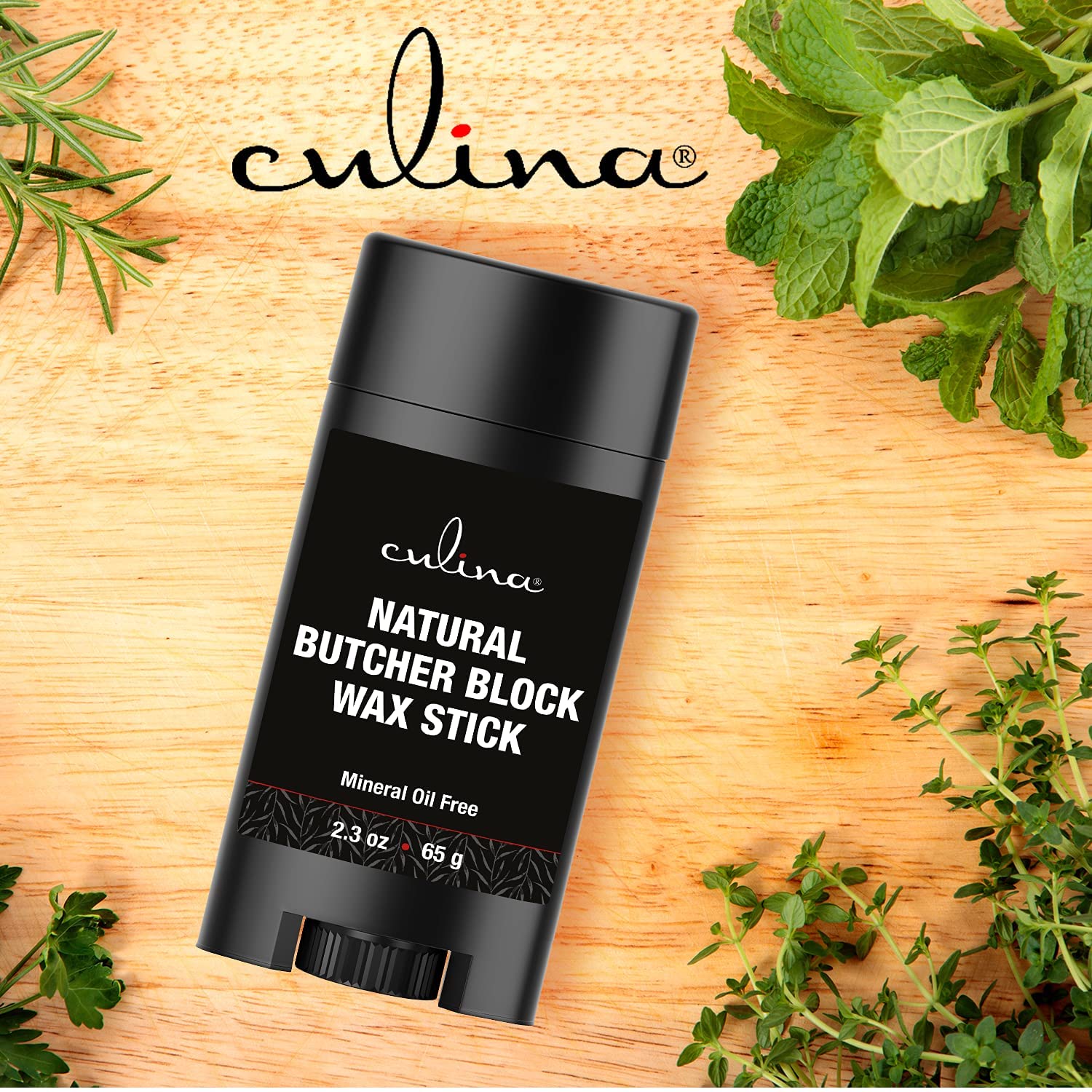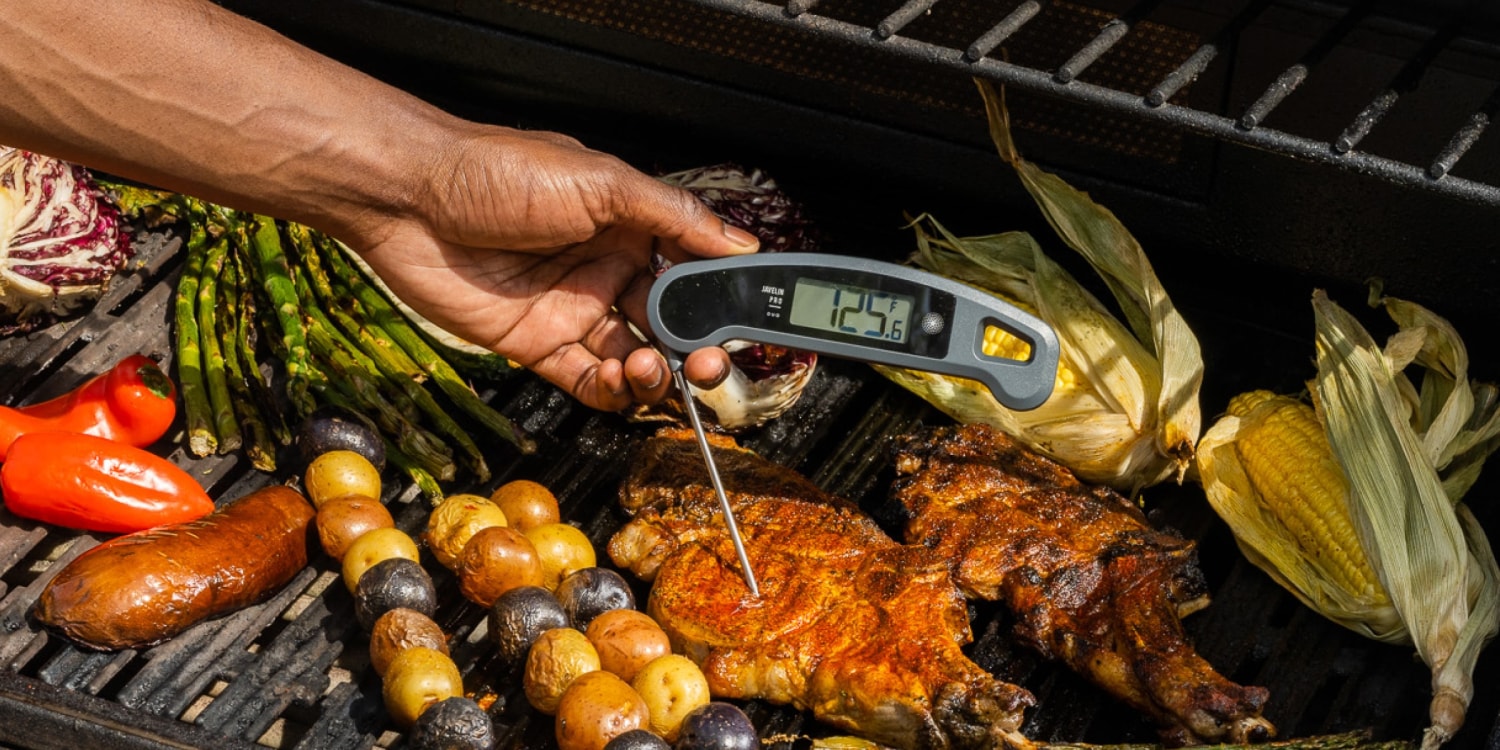The correct use of a meat thermometer is essential for food safety and consistently delicious meals. Knowing what temperature should a meat thermometer start at ensures your meat is cooked to perfection. This article will cover everything from the basics of meat thermometer usage to advanced tips and tricks.

Understanding Meat Thermometers
Meat thermometers are devices used to measure the internal temperature of meat. These devices help ensure that meat is cooked properly, reducing the risk of foodborne illnesses. Proper usage also helps achieve the desired level of doneness in your meat, be it rare, medium, or well done.
Types of Meat Thermometers
There are several types of meat thermometers, including instant-read, leave-in, and digital. Each type has its own advantages and is suited for different cooking methods.
Instant-Read Thermometers
Instant-read thermometers are used to quickly check the temperature of the meat. They are not left in the meat while cooking.
Leave-In Thermometers
Leave-in thermometers are designed to be left in the meat while it cooks, providing continuous temperature readings.
Digital Thermometers
Digital thermometers provide quick and accurate readings. They often come with additional features, such as programmable alerts.
Importance Of Accurate Starting Temperature
Knowing what temperature should a meat thermometer start at is crucial for ensuring accurate readings. Starting at the correct temperature ensures that your readings are reliable and your meat is cooked safely.

Recommended Starting Temperatures For Different Meats
Each type of meat has its own recommended starting temperature range. Understanding these ranges is essential for getting the best results.
Beef
For beef, the thermometer should start around 120F to 125F for rare, 130F to 135F for medium-rare, 140F to 145F for medium, and 150F to 155F for medium-well.
Poultry
For poultry, the starting temperature should be around 165F to ensure that it is cooked thoroughly and safely.
Pork
For pork, the thermometer should start at 145F for safe and delicious results.

Best Practices For Using A Meat Thermometer
Using a meat thermometer correctly is essential for getting accurate readings and ensuring food safety. Here are some best practices to follow.
Calibrating Your Thermometer
Before using your thermometer, calibrate it to ensure that it provides accurate readings. This can be done by measuring the temperature of boiling water (212F) or ice water (32F).
Proper Placement
Insert the thermometer into the thickest part of the meat, avoiding bones and fat to get an accurate reading.
Cleaning And Maintenance
After each use, clean your thermometer thoroughly to prevent cross-contamination and maintain its accuracy.
Advanced Meat Thermometer Tips
Once you have mastered the basics, these advanced tips can help you get even better results with your meat thermometer.
Using Multiple Thermometers
Using multiple thermometers can provide more accurate and consistent readings, especially for large cuts of meat.
Monitoring During Resting
Meat continues to cook even after it is removed from the heat. Monitor the temperature during resting to ensure it doesn’t overcook.
Adjusting For Altitude
At higher altitudes, the boiling point of water decreases, which can affect thermometer calibration. Adjust your readings accordingly.
Common Mistakes To Avoid
Even experienced cooks can make mistakes when using a meat thermometer. Here are some common pitfalls to avoid.
Not Calibrating The Thermometer
Failing to calibrate the thermometer can lead to inaccurate readings and improperly cooked meat.
Incorrect Placement
Placing the thermometer too close to bones or fat can result in inaccurate readings.
Ignoring Resting Periods
Not allowing the meat to rest can result in an inaccurate assessment of its doneness.
FAQs
What is the ideal starting temperature for a meat thermometer?
The ideal starting temperature varies depending on the type of meat. Generally, it ranges from 120F to 165F.
How do I calibrate my meat thermometer?
Calibrate your thermometer by measuring the temperature of boiling water (212F) or ice water (32F).
Can I leave my thermometer in the meat while it cooks?
This depends on the type of thermometer. Leave-in thermometers are designed to be left in the meat, while instant-read thermometers should not be left in the meat during cooking.
Conclusion
Knowing what temperature should a meat thermometer start at is essential for food safety and achieving the perfect level of doneness in your meat. By following the tips and guidelines in this article, you can use your meat thermometer with confidence and cook your meat to perfection every time.
For more details, you can visit this [Martha Stewart Guide](https://www.marthastewart.com/8360390/how-to-use-a-meat-thermometer) How to Use a Meat Thermometer.
For additional tips, check out these related articles:
As an Amazon Associate, I earn from qualifying purchases.









